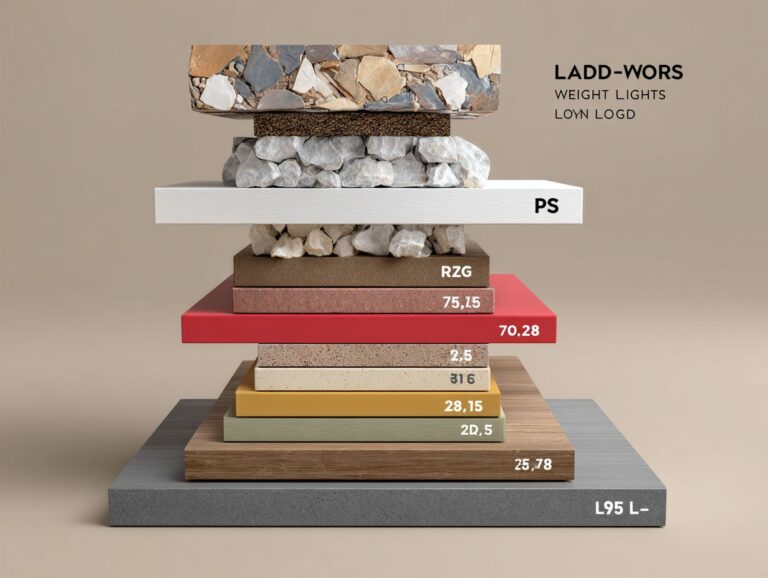VOC Emissions in Flooring – Standards and Health
Introduction to VOC Emissions in Flooring Choosing flooring materials can be challenging, especially with worries about VOCs and indoor air quality. Volatile organic compounds, often found in common flooring options, can significantly impact health. Knowing the rules set by groups like the California Air Resources Board helps people make smart decisions. This article looks at…








